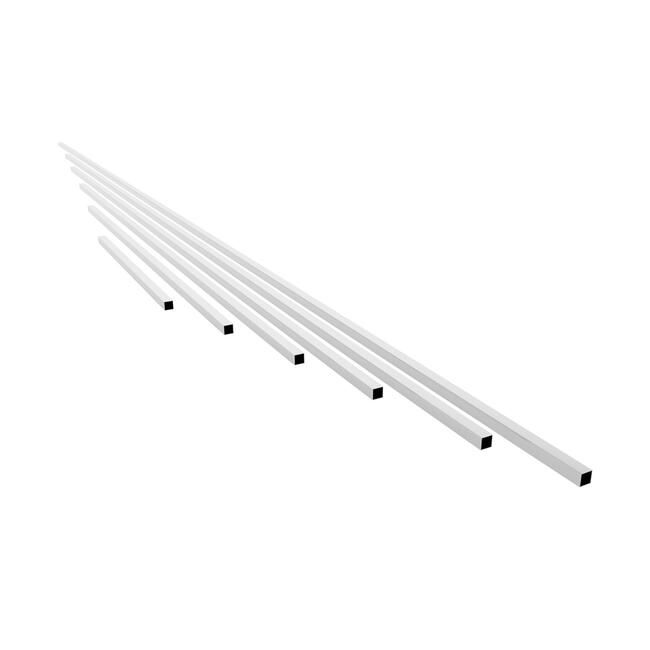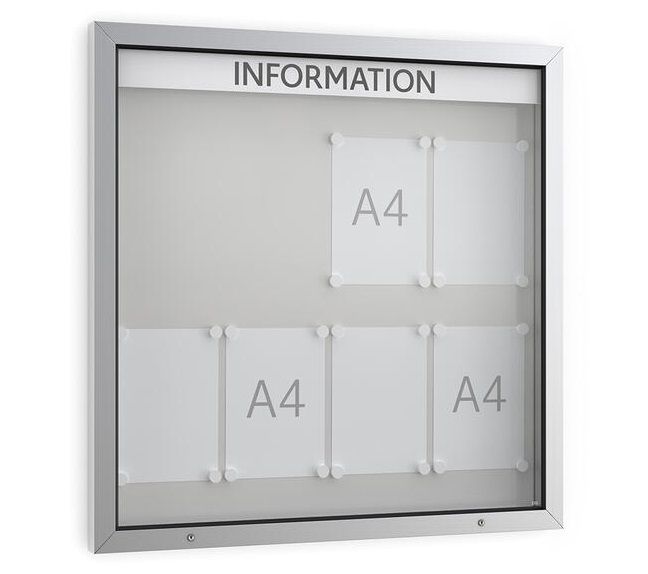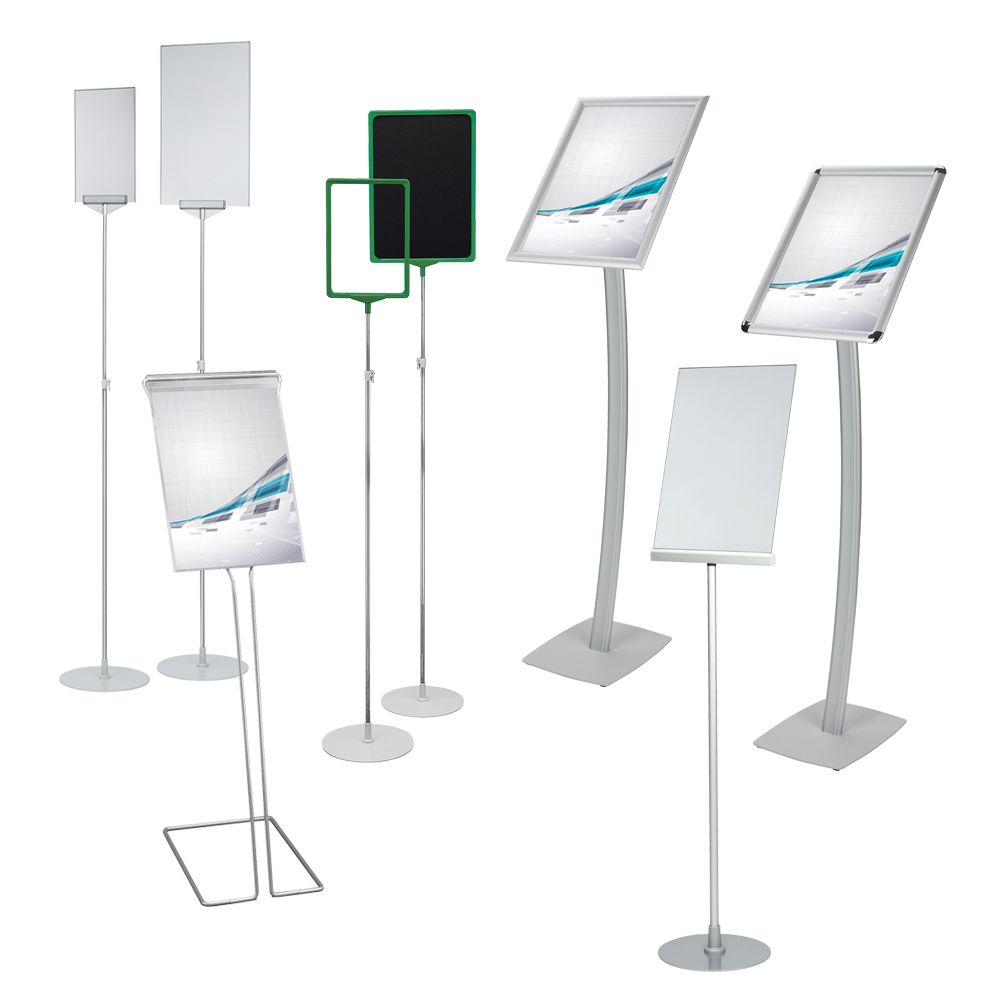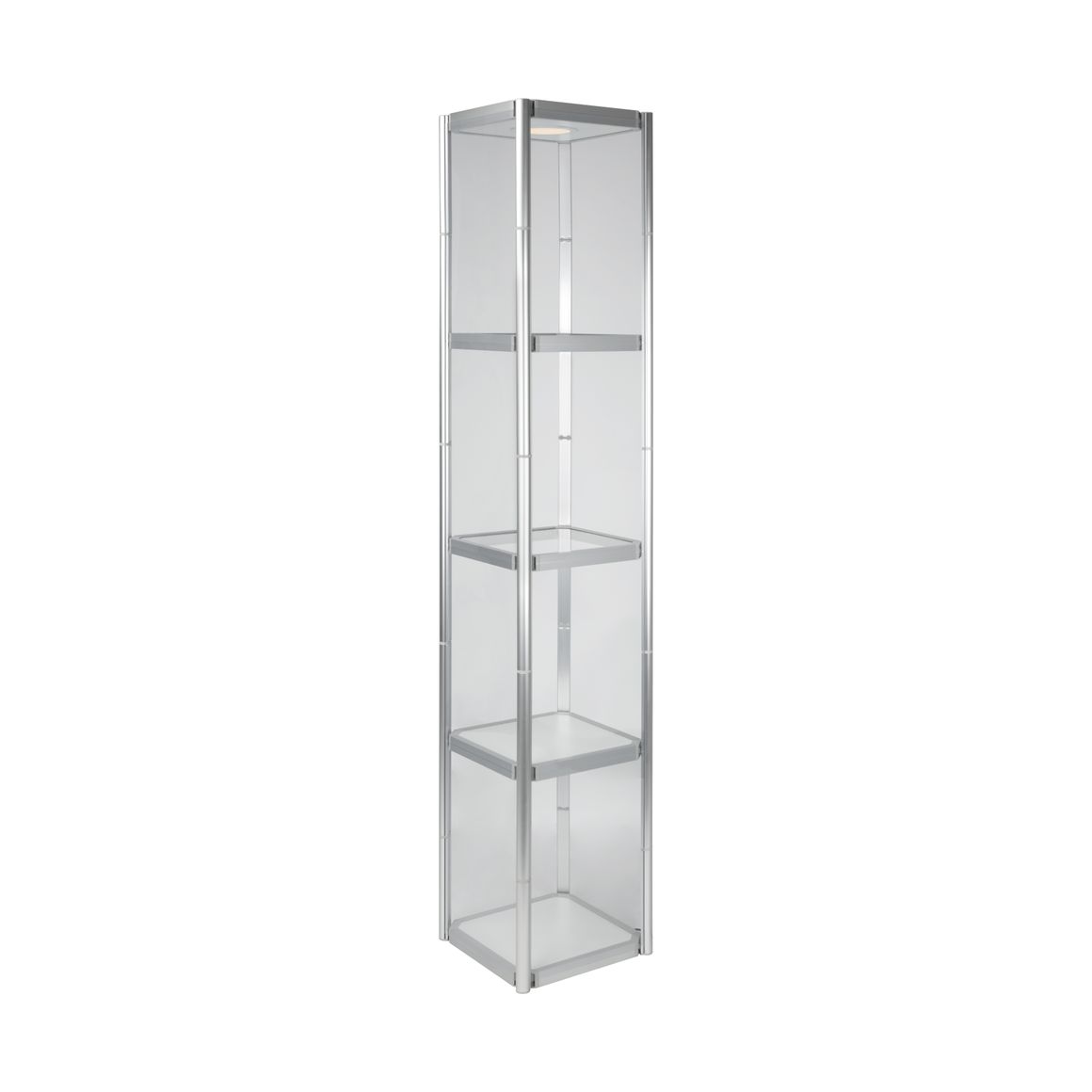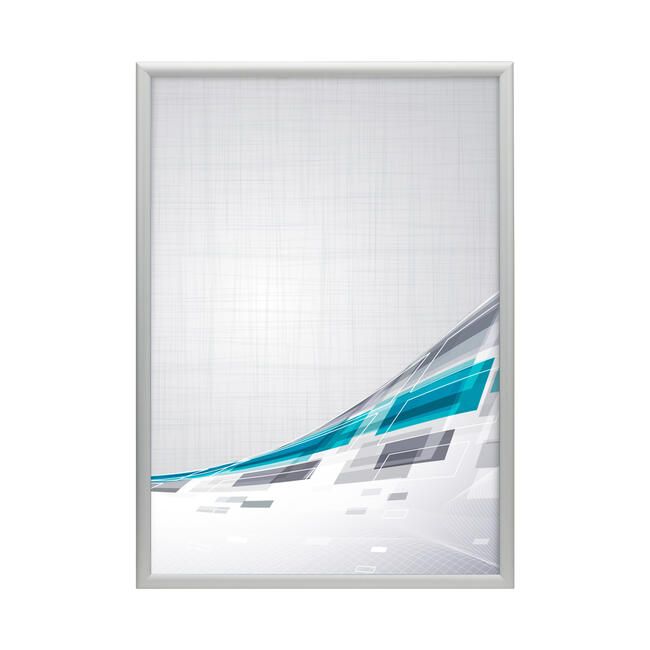Anodisation
Anodising is an electrochemical process of surface finishing in which a protective layer is created on metal alloys. For this purpose, the uppermost metal layer is transformed with an acid and an oxide is formed. The oxide layer protects the deeper layers from corrosion as long as there are no gaps in this layer. Although many different types of metal alloys can be anodised, aluminimum alloys are the most popular metal alloy that goes through this process. There are three main types of aluminium anodising methods: chromic acid anodising, sulphuric acid anodising (the most widely used), and sulphuric acid hard anodising. Each type has different uses and requirements for specific products.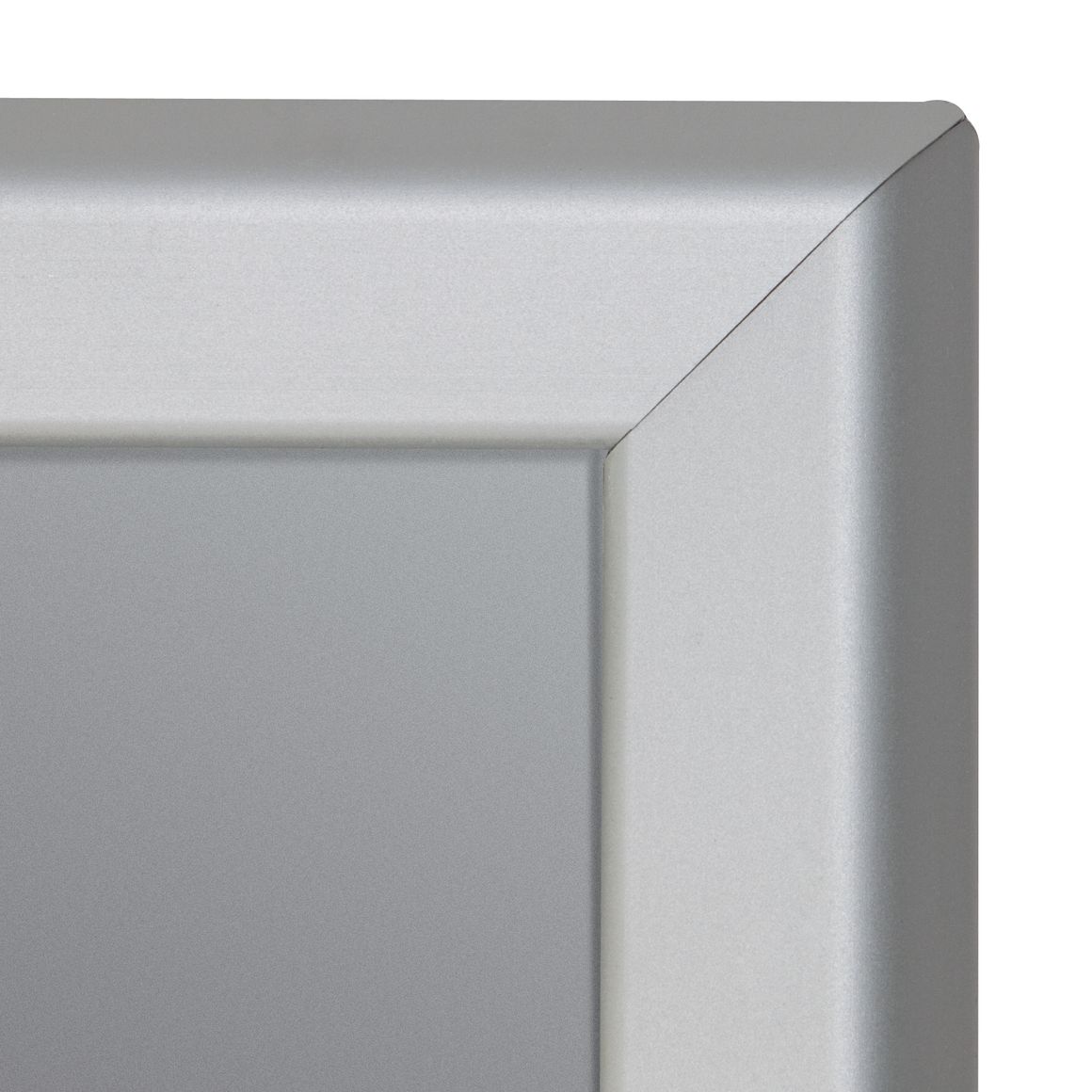
Reasons for Anodising
- Increase corrosion resistance
- Allows dyeing (colouring)
- Improves lubrication and adhesion
- Insulative
Anodising also allows the metal to provide a better adhesive surface for paint primers and glues than bare metal does.
Steps of the Process:
1: Pre-treatment: As a first step, the aluminium alloy is pre-treated by degreasing, picking and providing a finish. There are bright and satin finishes. Both types of finishes provide a clean, smooth surface for the next steps of anodising.2: Acid electrolyte bath: requires that the aluminium alloy, or alloy material, is submerged in an aicd electrolyte bath while an electric current passes through the solution. Through this process, the metal is chemically altered to the desired level. Once this process is finished, colours can be added.
3: Colour anodising: is the step where colour is added to the metal. This can be done through multiple techniques. No matter the technique used, depending on the chemical conditions and time immersed in the chemical bath, the colours will vary.
4: Sealing is the last step in order to prevent corrosion and water leakage with either a cold method, hot method or a combination of the two. Finishing helps prevent scratching or staining of the finished product. Sealing also helps increase corrosion resistance and decrease bleed out of dyes.
Anodised Products
We offer a wide range of products that are anodised. Some of these products include snap frames, aluminium profiles, poster stands, A-boards and much more. All of these products come in many different sizes, shapes, colours and are made for indoor and outdoor uses. Our anodised products have very nice finishes that pair well with any poster or advertising material being displayed within the product.
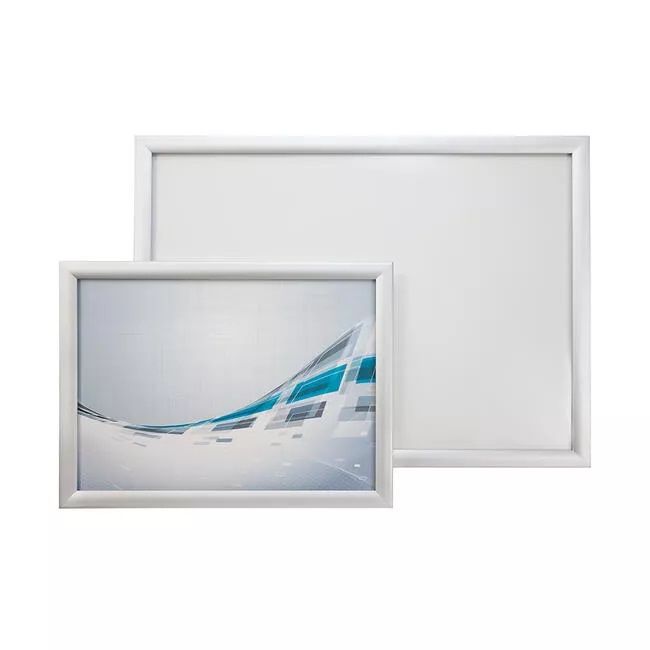
A-Boards
Aluminium Profiles
Notice Boards
Poster Stands
Showcases
Snap Frames
Check out our website now and discover more products that fit your needs!


